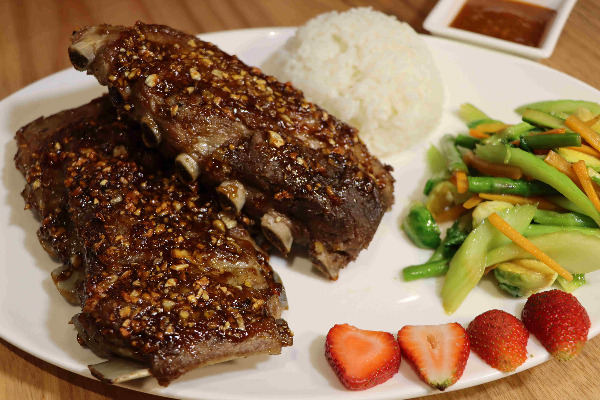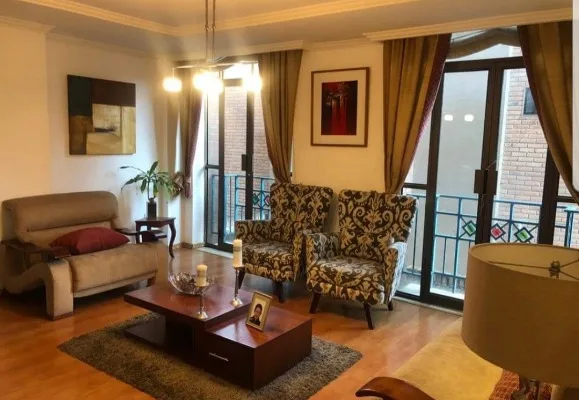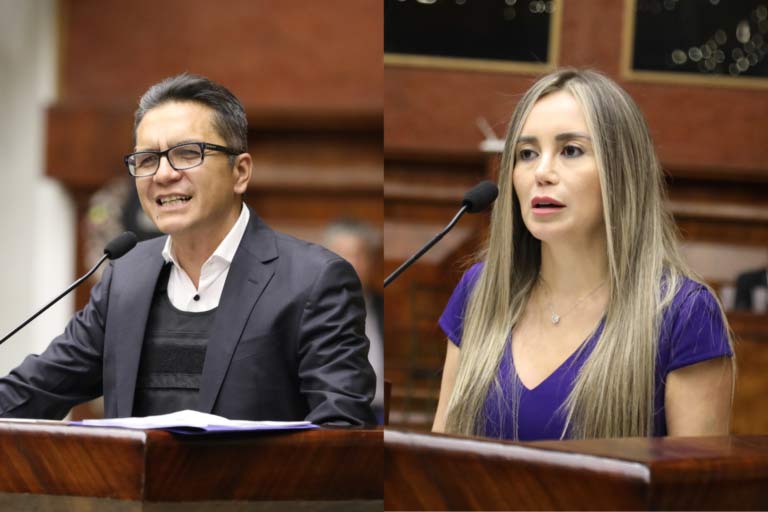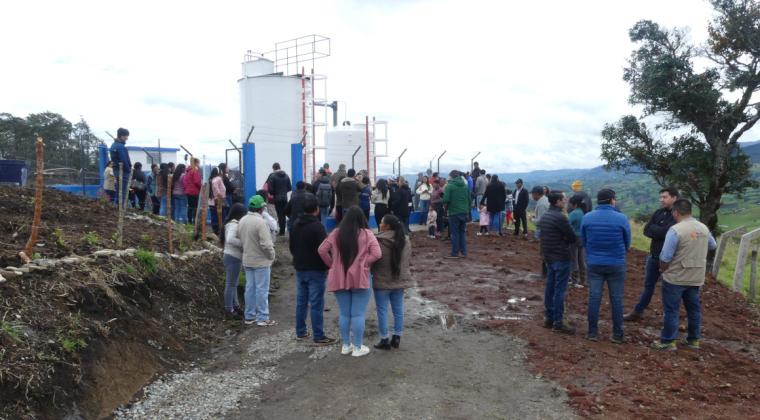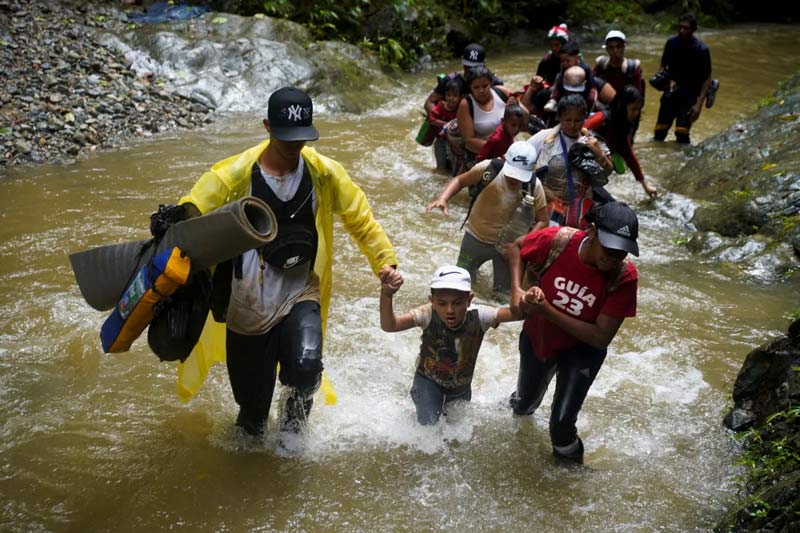The short-lived Republic of Cuenca was created 203 years ago by a citizen uprising

Cuenca celebrated the 100th anniversary of independence from Spain in 1920 in Parque Calderon.
By Liam Higgins
On the afternoon of November 3, 1820, hundreds of Cuencanos formed a cordon around Plaza Mayor — today’s Parque Calderon — trapping 110 Spanish soldiers inside. Their mission, according to leader Tomas Ordoñez, was to “throw off the yoke of colonial domination and establish a community of freedom.”

Plaza Mayor, today’s, Parque Calderon, was the scene of the 1820 revolt that established the Republic of Cuenca.
Earlier in the day, Ordoñez, José María Vázquez de Noboa, and other city leaders had gathered in a house in Cuenca’s Todo Santos neighborhood to hatch plans for the rebellion. Representatives of other neighborhoods and surrounding towns, including El Valle, El Sagrario, El Barranco, San Joaquin, San Sebastian and El Vecino, attended the meeting and agreed to join the fight.
The bayonet and gun fight in the plaza was over in less than two hours, according to Cuenca historian Juan Cordero. Several dozen rebels were killed or injured, including Ordoñez, who survived a bullet to the groin. The Spanish soldiers not killed in the uprising were taken prisoner.
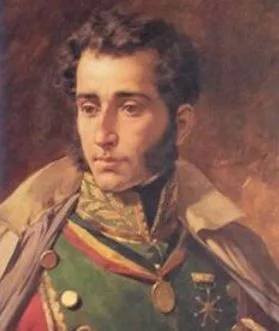
General Antonio José de Sucre
The day after the fight, Vazquez de Noboa was named president of the Cuenca Board of Governors, and the Republic of Cuenca was proclaimed. The Constituent Assembly of the new republic met on November 15 with 35 representatives and discussed the possibility of joining other rebels in Quito to form a regional government.
The Republic of Cuenca was short-lived, however, as the Spaniards regrouped and defeated the rebels at the battle of Verdeloma near Biblián on December 20, 1820. They recaptured Cuenca two days later.
The Spanish victory was itself short-lived, and a year and two months later, on February 21, 1822, Antonio Jose de Sucre liberated Cuenca once and for all.









